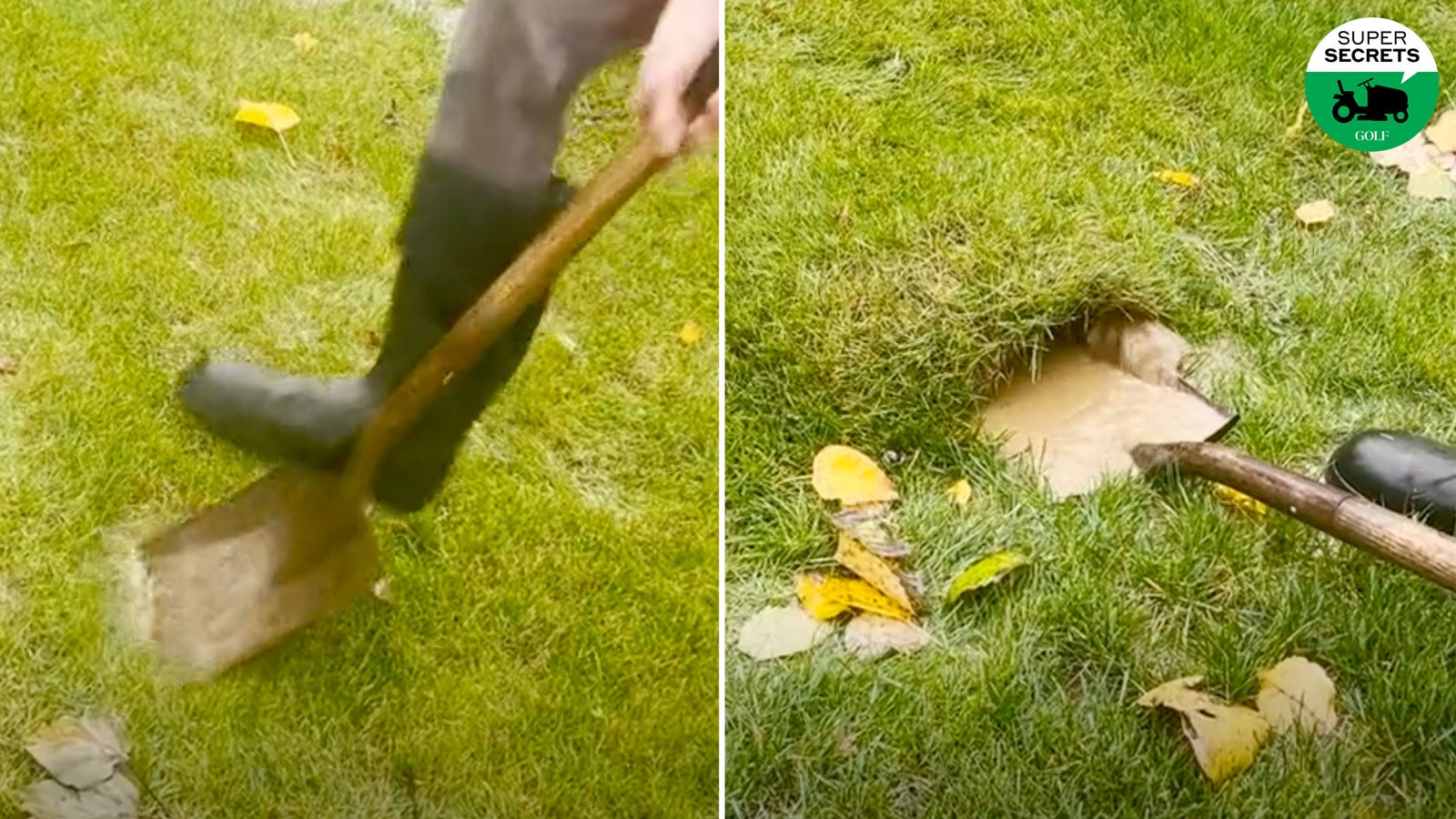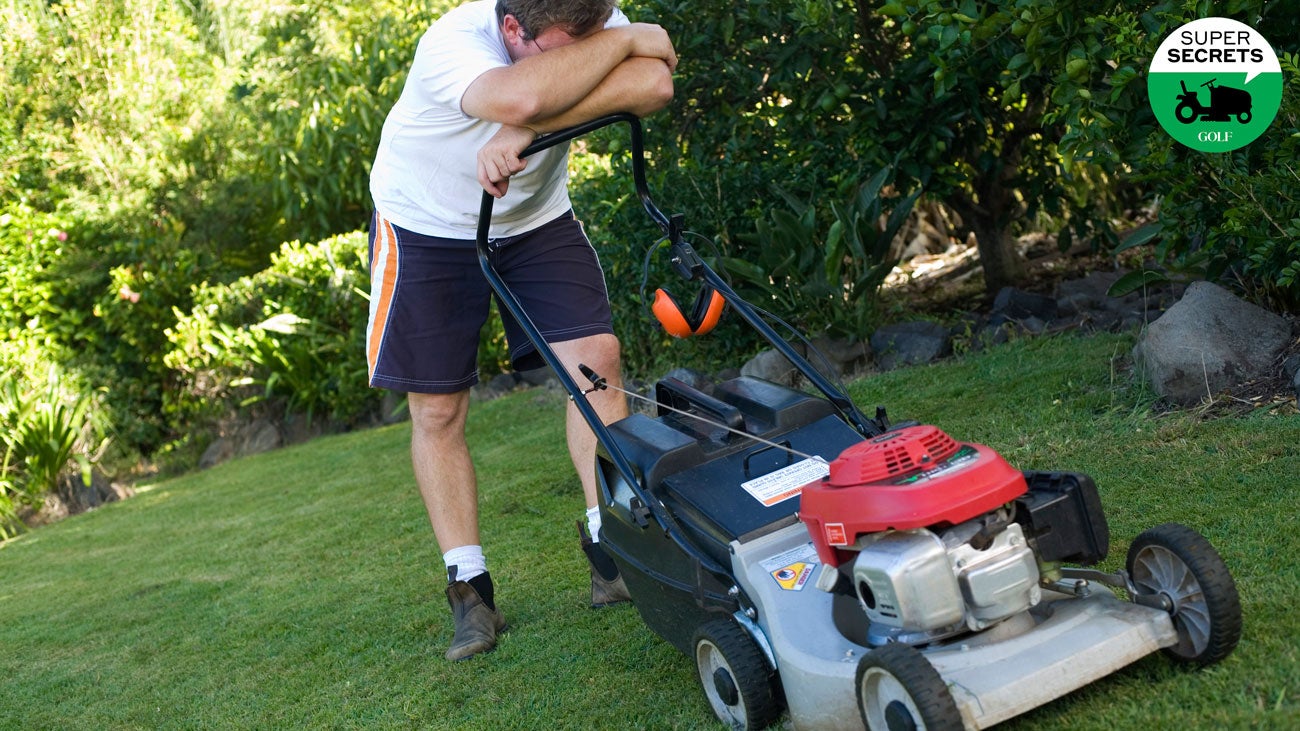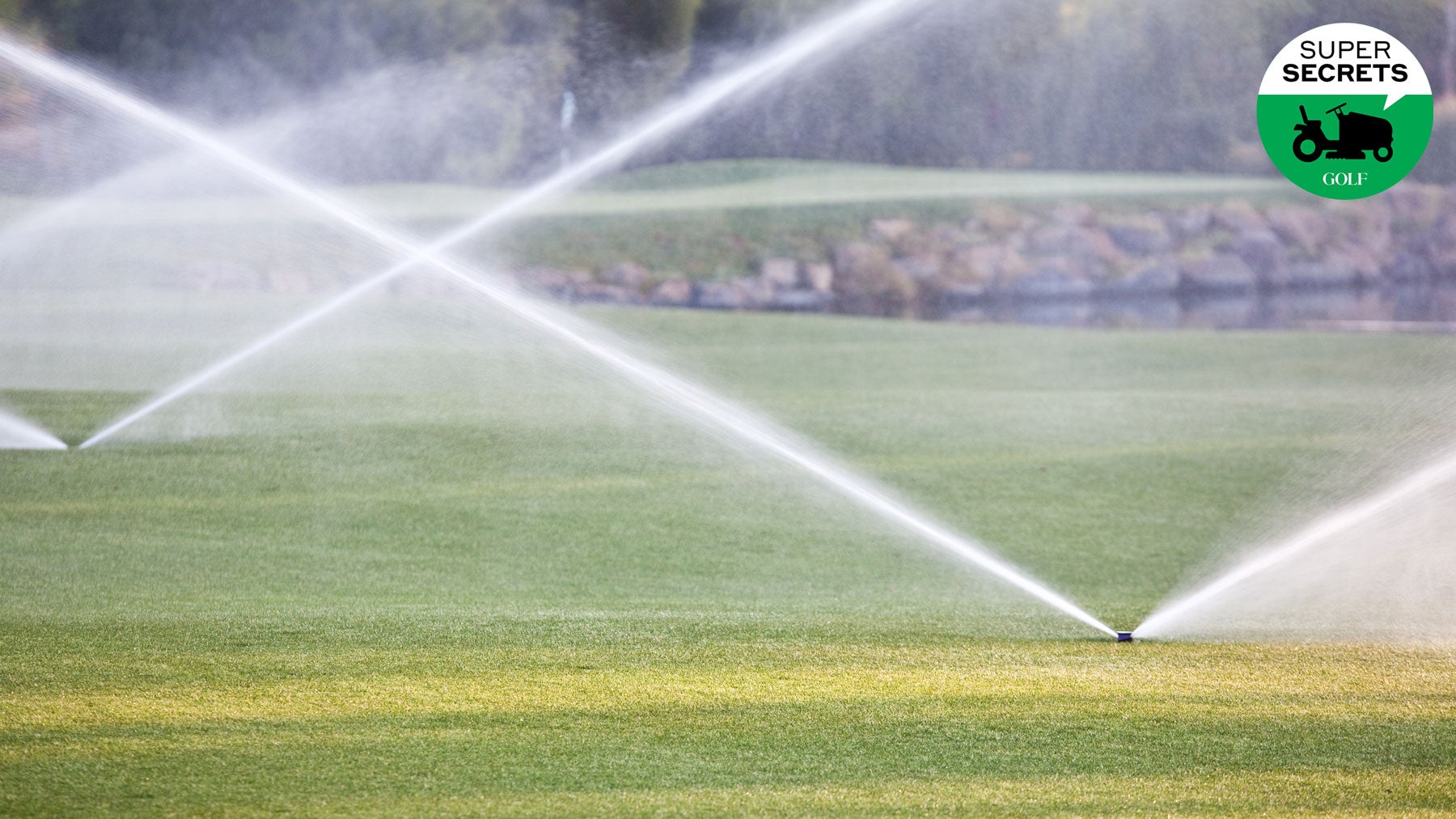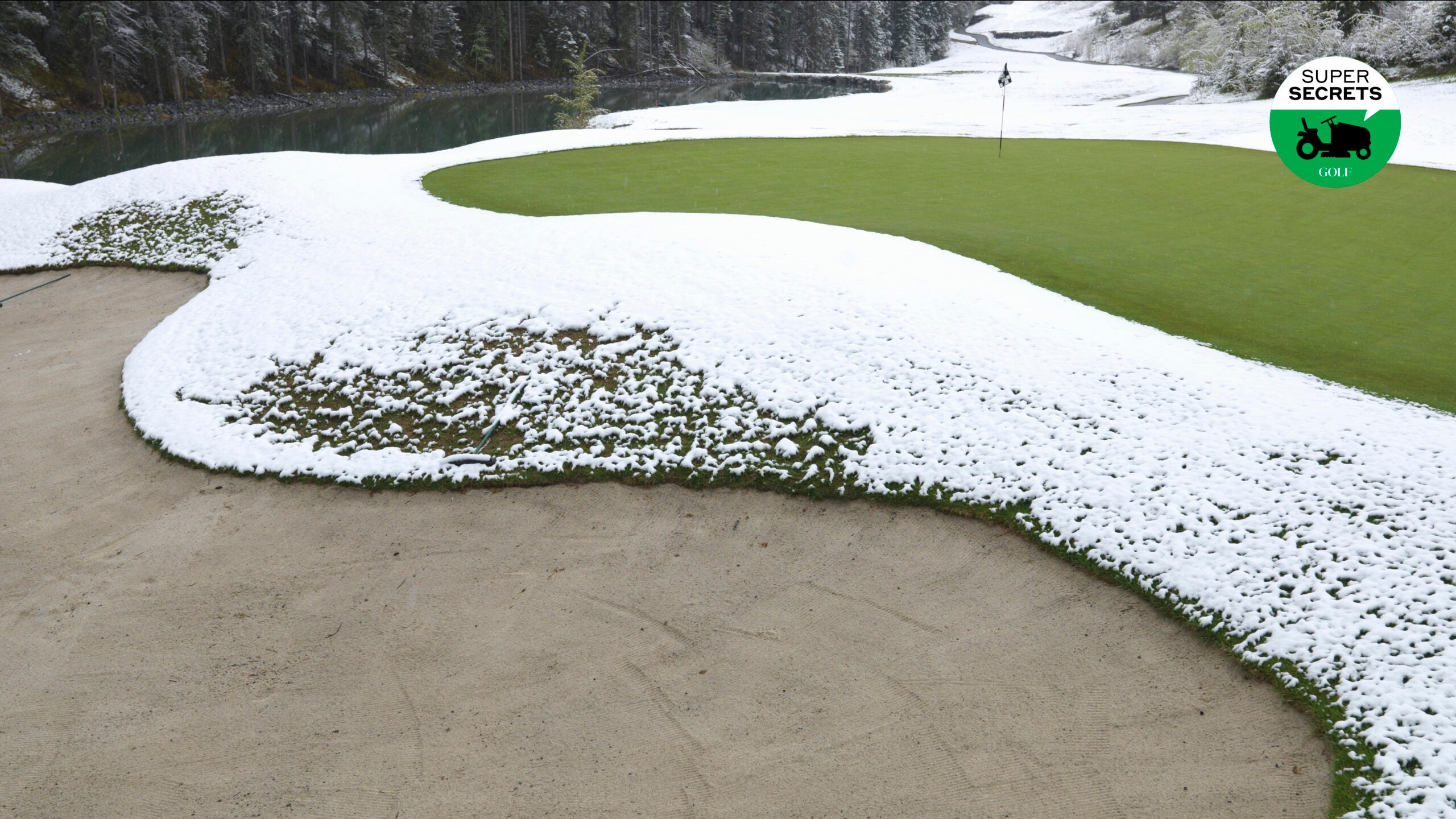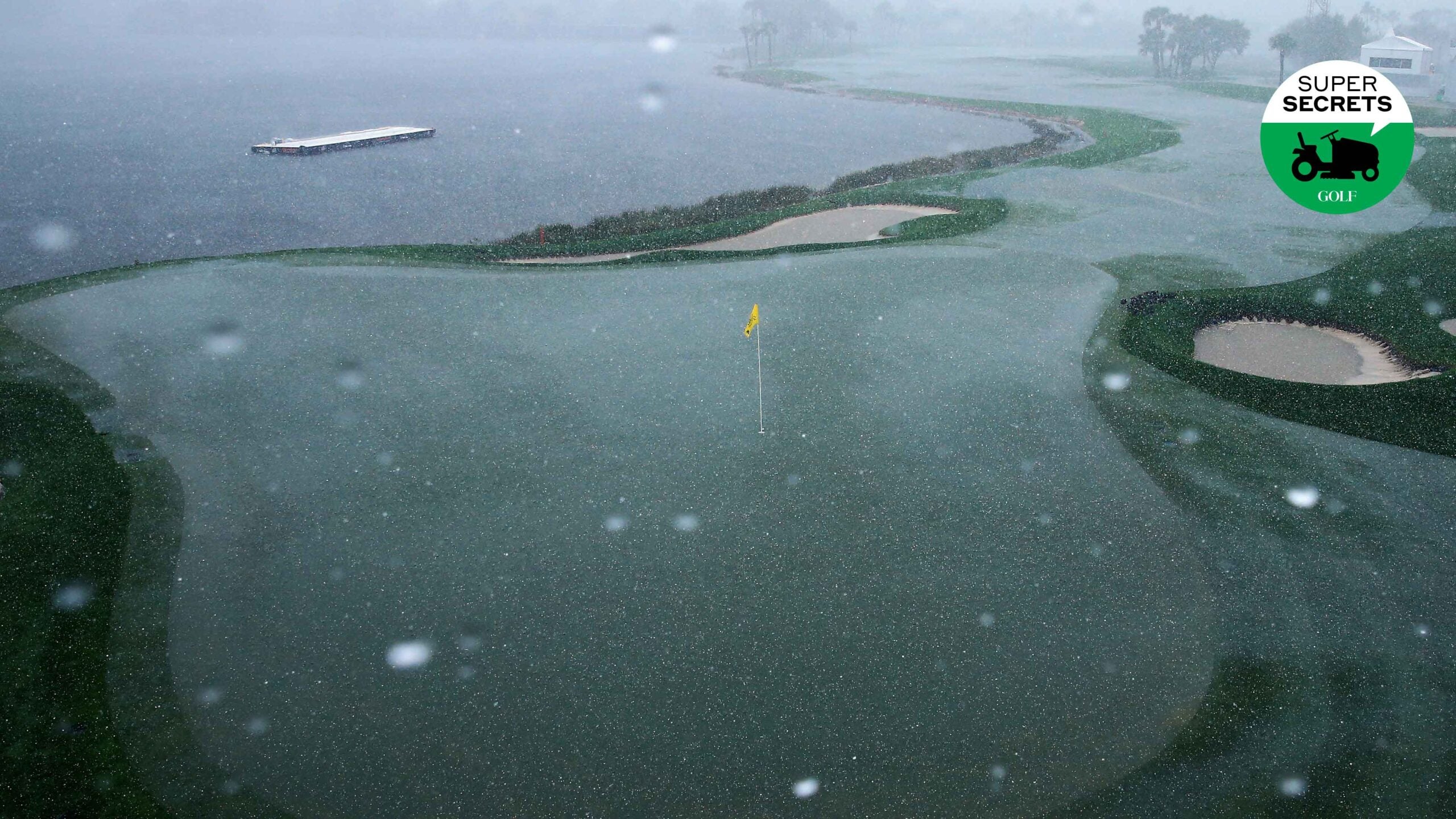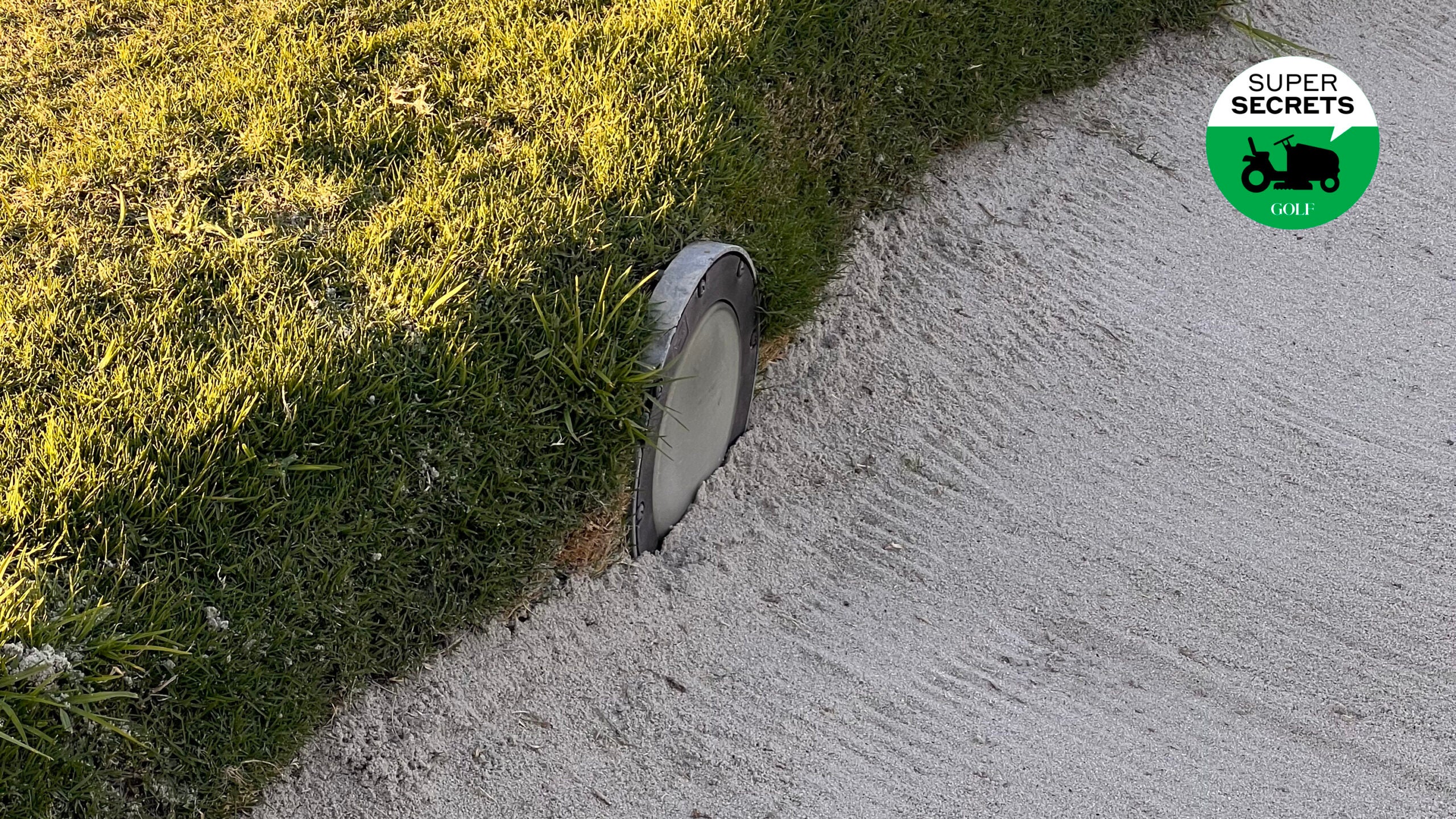How to protect your lawn from weird winter weather patterns, according to a superintendent

Large swaths of the country have experienced wild weather swings this winter.
getty images
Wild swings can get golfers into all kinds of trouble. They can be rough on superintendents, too.
We’re referring to the nutty swings in the weather that large swaths of the country have experienced this winter. Warm. Cold. Dry. Wet. Stark and sudden changes can pose turf-care problems.
Michael Cauley, a longtime member of the Golf Course Superintendents Association of America, is the superintendent at Chi Chi Rodriguez Golf Club, in Seminole, Fla., but don’t let his current location fool you. Before moving to the Sunshine State, he worked for years in the colder climates of Minnesota, Rhode Island and Pennsylvania.
We asked Cauley what happens to turf when Mother Nature starts swinging wildly in the winter, what supers do about it and whether there are lessons for those of tending to lawns at home.
1. When warm spells play tricks
The Problem: Dormant winter turf is like a bear in hibernation: It subsists on stores of nutrients to get it through the season. If an early warm spell hits, that grass awakens and starts pushing out new growth, burning through its carbohydrate reserves along the way. Problem is, when another cold snap hits, the grass shuts down and no longer has enough fuel in its tank to recover. What’s more, Cauley says, “a lot of the new growth is more susceptible to the cold than the hearty full-grown plant itself.”
The Solution: At courses in Northern climates, supers prioritize their most delicate grasses: They rush to protect their greens. Some courses cover putting surfaces with plastic tarps. Others use pine straw. “Some guys even go so far as to bury the greens in sand,” Cauley says.
What to do at home: While it’s not uncommon for homeowners to insulate flowers and other delicate plants with bedsheets or other coverings, Cauley says, it’s pretty much unheard of to cover a lawn during a cold snap: It takes more time and effort than most homeowners can spare. Plus, the longer grass on lawns can usually withstand the temperature swings. The more serious danger comes from usage. If your lawn is frosted over, Cauley says the best thing you can do is stay of it, like a golf course calling a frost delay.
2. The pros and cons of snow cover
The Problem: A nice blanket of snow is good for grass in winter: It provides insulation against the cold and guards against desiccation. Dramatic swings in temperature can spell trouble, though, as thawing and freezing can create a layer of ice underneath the snow. With that ice layer on top of it, the grass can’t get the air or nutrient flow it needs, “so it essentially suffocates and dehydrates,” Cauley says, which is a terrible way to go.
The Solution: Grass doesn’t die right away under ice. That can take weeks or even months. If the cold snap drags on, though, supers will often clear the snow from greens with shovels or blowers, exposing the ice to direct sunlight and giving it an opportunity to melt. Some supers go so far as to sprinkle the ice with black sand or dark fertilizer, as the dark colors absorb more of the sun rays and accelerate the melting. Black sunflower seeds can also do the trick.
What to do at home: The same practices work well at home, Cauley says. If you’ve got ice (one way to check is by inspecting the edges of your lawn; another is by simply digging down through the snow), clear the snow as best you can to expose as much of the ice as possible. If you’ve got black sand, bonus! Whatever you do, don’t melt the ice with salt. Salt kills grass. This is a common lawn-care issue in wintry climates where municipalities use salt on the roads, to the point where some homeowners use burlap sacks to form a barrier between the road and their yard.


